
While homeowners don’t typically have to worry about how many mortgages they can have, real estate investors do. They don’t just want a primary residence and maybe a second home — they want to build a portfolio of as many income-producing properties as they can.
And conventional mortgages do come with a limit.
After your first rental property or two, you’ll need to start thinking beyond conventional mortgages. Read on to find out how many mortgages you can have, and more importantly, how to finance rental properties after that limit.
Conventional Mortgages for Your First Few Rental Properties
After the 2008 economic crash, Fannie Mae technically increased the number of allowed mortgages from four to ten. But almost no conventional loan programs allow more than four mortgages reporting on your credit.
That distinction bears repeating. Conventional mortgage lenders review the number of mortgages listed on your credit report. If it doesn’t appear there, they typically ignore it.
But conventional loans all report to the credit bureaus. Which means most new real estate investors max out at four conventional mortgage loans.
Not that you’d want more than four mortgages on your credit report anyway. Even three or four mortgages can start damaging your credit; more could completely wreck it.
Still, for new real estate investors, conventional mortgage loans often prove to be the most affordable option, with relatively low interest rates and fees. Compare personalized interest rates and fees using online tools like Credible*.
Conventional mortgage lenders require:
-
- A good or excellent credit score
- A Loan-to-Value (LTV) ratio less than or equal to 80%
- Any and all current rental properties be performing well and generating profit
Consider house hacking your first deal by using Fannie Mae or Freddie Mac loans to buy your first property. Generally speaking, the process as well as the requirements of taking out a mortgage on these first few properties will be very similar to that of your primary residence. The process includes:
-
- Long-term, low, fixed-interest rate
- No mortgage insurance requirement (unless you put less than 20% down)
- Proof of sufficient income from statement of assets, tax returns, or W-2 documentation
- Financial statements on any current investment properties
Unless you plan to house hack a multifamily and live in the property yourself, you can’t use an FHA or VA loan. Additionally, as an investor, expect a higher interest rate and more points than homebuyers pay.
How to Borrow More Conventional Rental Property Mortgages
If you want to borrow more than four conventional mortgages, you can try the Fannie May 5-10 Properties Program. As you gain more and more properties, the stricter the requirements become:
-
- Must currently own at least four other existing properties
- Must make a minimum of a 25% down payment for a single family home
- Must make a minimum of a 30% down payment for a multi-unit property
- Must have a credit score of at least 720
- If you are refinancing, 30% equity is required
- Must have no late mortgage payments within the last fiscal year
- Must have no bankruptcies or foreclosures within the last seven years
- Must provide tax returns of the last two years including the rental income of any rental properties
- Must have the income to support at least six months of PITI
- Must sign a 4506-T form
That said, borrowing more than a few rental property mortgages through this Fannie Mae program comes with several downsides. First, as noted above, these loans report on your credit, and that many mortgages can damage your score.
However, conventional mortgage loans are designed around homeowners, not investors. And while this program is an exception, conventional mortgage lenders see nothing but increased risk when they look at investors with lots of properties and mortgages. So they charge higher interest rates, and generally make life harder for the borrower.
Other Ways to Finance Rental Properties
Experienced real estate investors think in terms of building a financing toolkit, rather than simply running to the same lender every time they want to buy a new property.
As you build your own financing toolkit, keep the following options in mind.
Portfolio Lenders
Conventional mortgage lenders don’t typically keep your loan on their books. They package and sell it to a large nationwide loan servicing corporation — which is why the loans must neatly fit precise loan program guidelines.
In contrast, portfolio lenders keep their loans in-house. They don’t have to fit an exact Fannie Mae or Freddie Mac or FHA loan program. The lender underwrites your loan based on their own experience and standards, which leaves far more flexibility.
Portfolio lenders come in the form of smaller community banks, regional banks, or online lenders such as Visio and Kiavi that specialize in working with real estate investors. They do not restrict the number of properties an investor can own. In fact, they tend to reward more experienced investors with lower interest rates and fees. So, there’s no limit to how many mortgages you can have with portfolio lenders.
These lenders make a perfect next step for rental property loans, after you take out one or two conventional mortgages.
Owner Financing
Of course, no one says you have to go to a bank at all. Investors can often work out owner financing with the seller, rather than borrow from a bank.
The buyer signs a mortgage note with the seller of the property, and all terms are negotiable. You can negotiate a lower down payment, lower interest rate or fees, or anything else for that matter. If you do not have great credit, the seller may still work with you in order to close the deal.
You can even get creative and propose options like wrap around mortgages to help negotiate owner financing for your next deal.
Private Notes
The seller isn’t the only private citizen you can borrow money from to finance your real estate deals.
As real estate investors build their portfolios, many start raising money privately from friends, family, and other acquaintances. They negotiate their own terms, such as interest rates, and these notes may or may not attach to the property with a lien.
There’s no limit to how many mortgages you can have when you borrow private notes.
For reference, a “note” is the legal document signed by a borrower committing to repay a loan. A private note, therefore, is simply a private loan.
Rotating Business Credit Lines & Cards
If financing your properties is a concern of yours, utilizing a revolving line of credit can help. A revolving line of credit gives you the freedom of drawing upon a pool of funds as frequently as you need.
You can draw on business credit lines or cards at any time, whether for a down payment, to buy a property outright, or for repair costs. You pay interest on your current balance any given month, and repay it at your own pace. It makes for the ultimate flexible financing.
While credit cards do charge a cash advance fee to pull out cash directly, you can get around this using tools like Plastiq.
To open business credit lines as a real estate investor between $50,000-$250,000, try Fund&Grow. (If you’re not familiar with the concept, check out this webinar explaining how they raise credit for you.)
Commercial Loans
Buildings that have five or more units are classified as commercial, not residential. Which means you need a commercial loan, rather than a mortgage loan.
Alternatively, you can still use options such as owner financing, private notes, and business lines of credit. Some portfolio lenders, such as RCN Capital, offer commercial loans in addition to residential loans.
Final Thoughts
Real estate investors need as many options in their financing toolkit as possible, to maximize their odds of closing any given deal.
Conventional mortgage loans work great for your first rental property or two, but you quickly reach the cap of how many mortgages you can have. Even as a new investor, start thinking in terms of building your financing toolkit and building relationships with many portfolio lenders, rather than relying on your homeowner mortgage lender to provide financing.♦
How many mortgages do you have reporting on your credit? How have you financed rental properties as you built your portfolio, or how do you plan to do so?
More Real Estate Investing Reads:
*Credible Disclosure: Prequalified rates are based on the information you provide and a soft credit inquiry. Receiving prequalified rates does not guarantee that the Lender will extend you an offer of credit. You are not yet approved for a loan or a specific rate. All credit decisions, including loan approval, if any, are determined by Lenders, in their sole discretion. Rates and terms are subject to change without notice. Rates from Lenders may differ from prequalified rates due to factors which may include, but are not limited to: (i) changes in your personal credit circumstances; (ii) additional information in your hard credit pull and/or additional information you provide (or are unable to provide) to the Lender during the underwriting process; and/or (iii) changes in APRs (e.g., an increase in the rate index between the time of prequalification and the time of application or loan closing. (Or, if the loan option is a variable rate loan, then the interest rate index used to set the APR is subject to increases or decreases at any time). Lenders reserve the right to change or withdraw the prequalified rates at any time.
Credible Operations, Inc. NMLS# 1681276, “Credible.” Not available in all states. www.nmlsconsumeraccess.org.

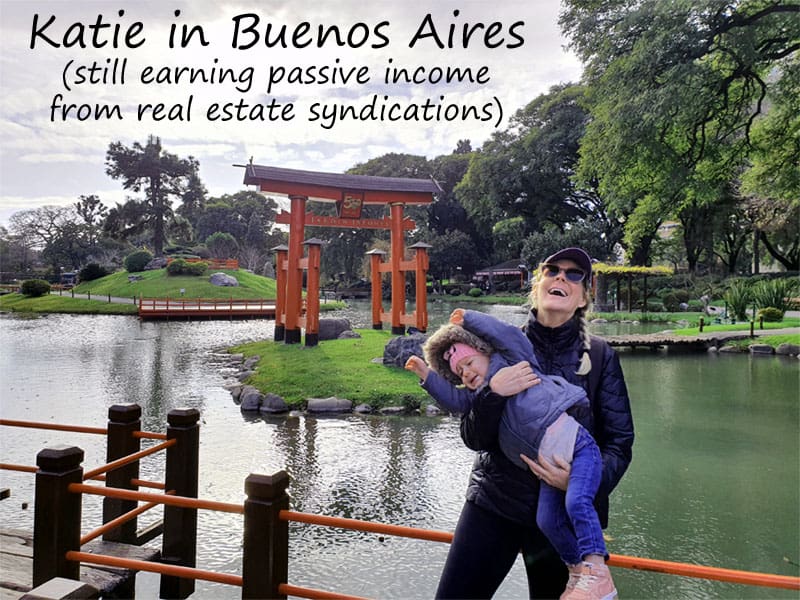








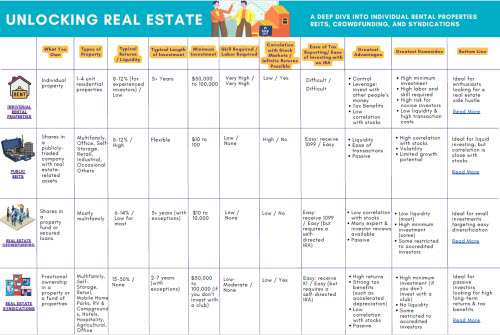


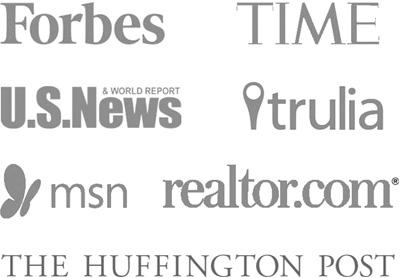





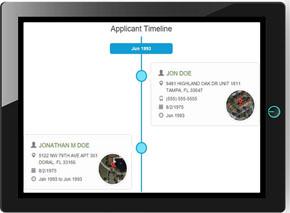




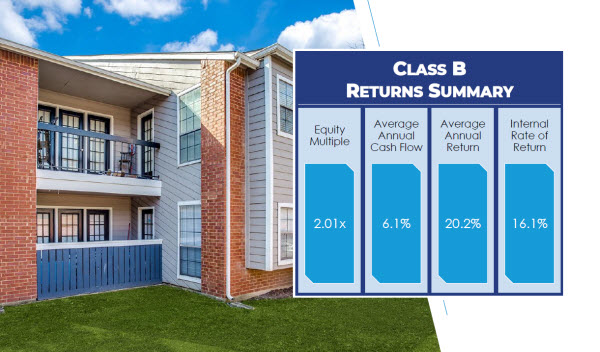



Finally, I have cleared my doubts on how many mortgages can one have!
Having multiple options to have mortgages is always an advantage!
Very true Kanra!
I personally think you should have fewer mortgages. You would spend your life clearing them!
A valid point Selmi!
This is interesting. Investors have so many options these days. It’s good!
Many options indeed!